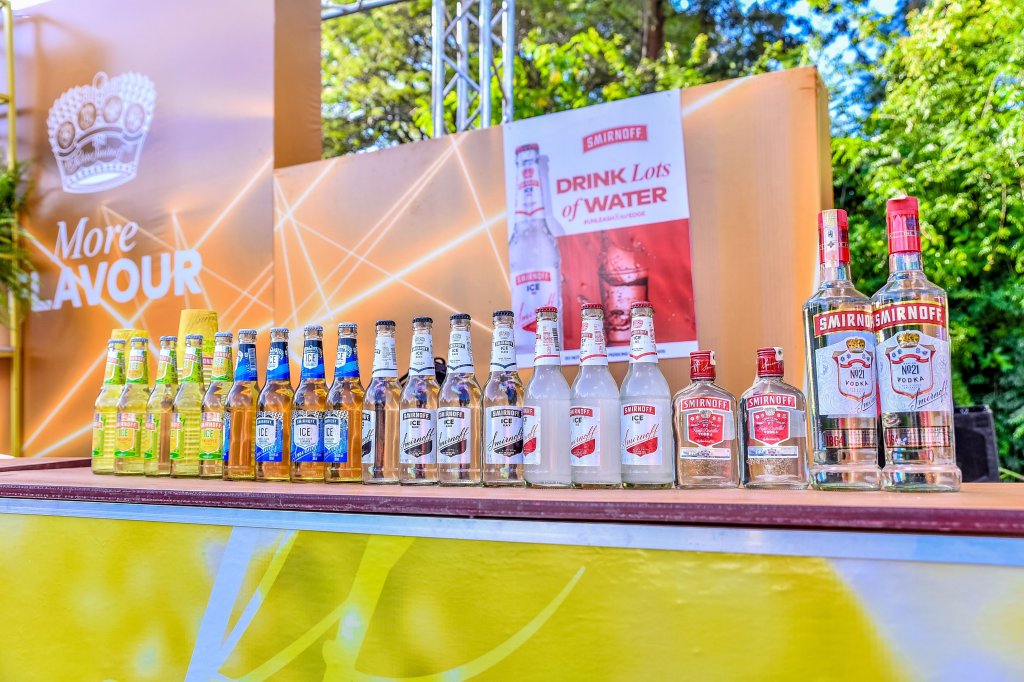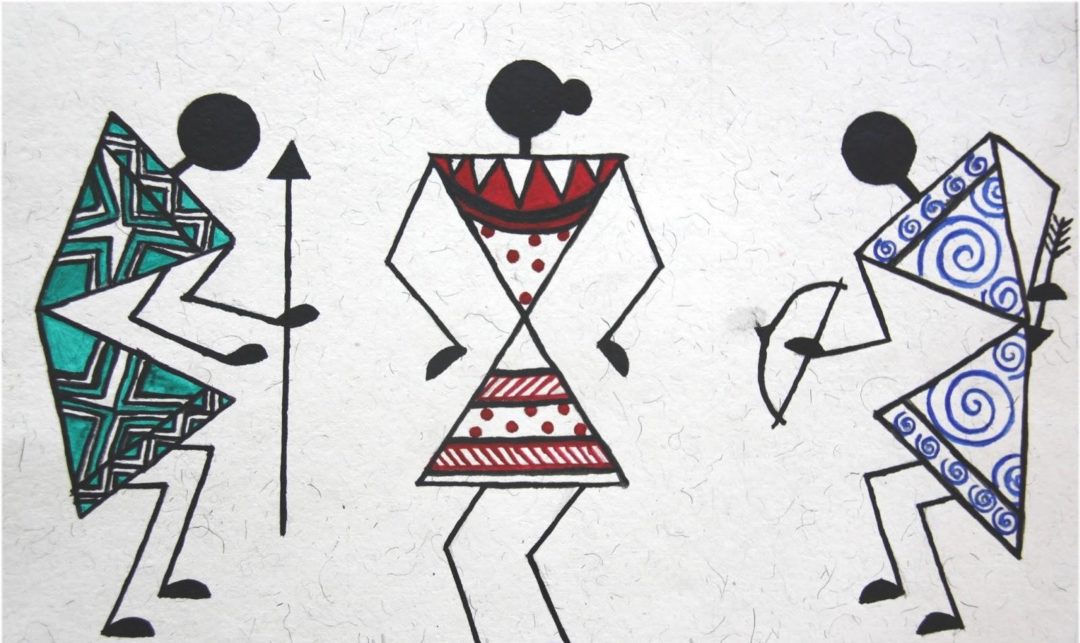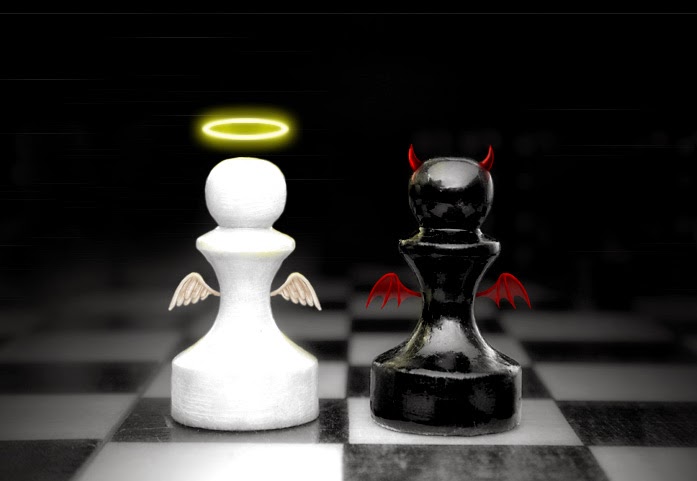With today’s digital landscape teeming with influencers and new brand releases, distinguishing your product from the noise has become increasingly challenging. A recent promotional stint of Smirnoff Ice’s Pineapple Punch variant piqued my interest, illustrating a marked departure from the typical sleek, clean. black branding of Smirnoff we’ve come to recognize. This scenario got me contemplating the role of brand variants in the broader framework of marketing strategy, particularly in diverse African markets.

Brand variants, essentially, are distinctive versions of a master product bearing different attributes – this could be unique scents, colors, pricing, materials, or other characteristic features. Think of them as siblings within a family, sharing a common lineage (the parent product) but each bringing something unique to the table. In the African context, where consumer preferences are marked by significant regional variation, brand variants serve as an effective strategy for a nuanced, localized marketing approach.
Recruiting Power of Variants
Brand variants function as strategic tools in brand building, acting as ambassadors or recruiters for the mother brand. They offer the opportunity to extend the reach of the mother brand and captivate new audience segments without compromising the fundamental brand identity.
Examples worth noting:
Smirnoff: The various ready-to-drink variants of Smirnoff Ice like Black Ice, Red Ice, Guarana, and Pineapple Punch serve to induct consumers into the world of vodka without a potentially harsh first experience. Targeted towards a younger, lively demographic, these variants not only cater to diverse consumer preferences but also bolster the image of the mother brand. If you stay within the same family (Diageo) you can see this is also what happened to the Uganda Waragi (Premium, Coconut and Pineapple) gin.

Unilever: Unilever’s Sunlight, a staple household name across Africa, provides a perfect example. The brand introduced multiple product variants like Sunlight dishwashing liquid, laundry bar soap, and washing powder to cater to varying household cleaning needs, each variant underscoring the mother brand’s promise of effective cleaning.

Tusker: The Tusker story showcases successful brand extension. Despite the mother brand’s strong performance, Tusker introduced variants such as Keg, Can, Lite, Cider, and Malt, each catering to different consumer needs without alienating the core target audience.

Key Considerations for Success:
- Market Segmentation: Understanding your target market is crucial to prevent cannibalization. Ensuring the variant caters to a distinct, unmet need in the market will prevent it from competing with the core product.
- Brand Consistency: Variants must uphold the mother brand’s essence to avoid confusing consumers. Each variant should reinforce, not diminish, the primary brand’s image.
- Opportunity Cost: Brands must consider the potential consequences of variant pricing. If lower-priced variants are introduced, consumers may eventually gravitate towards these options, potentially undermining the brand’s equity and revenue.
The strategic introduction of brand variants has proven an effective recruitment tool for some brands. By catering to distinct needs, preferences, and niches, these variants not only amplify the brand’s reach but also reinforce its core identity. Brands such as Smirnoff, Unilever, Tusker and many others have successfully harnessed this strategy to consolidate their market presence. However, the implementation of brand variants requires careful consideration of market segmentation, brand consistency, and opportunity costs. By successfully navigating these considerations, marketers can create a diversified yet unified brand family that enhances consumer engagement, expands market share, and ultimately, bolsters the longevity of their mother brands.
















You must be logged in to post a comment.